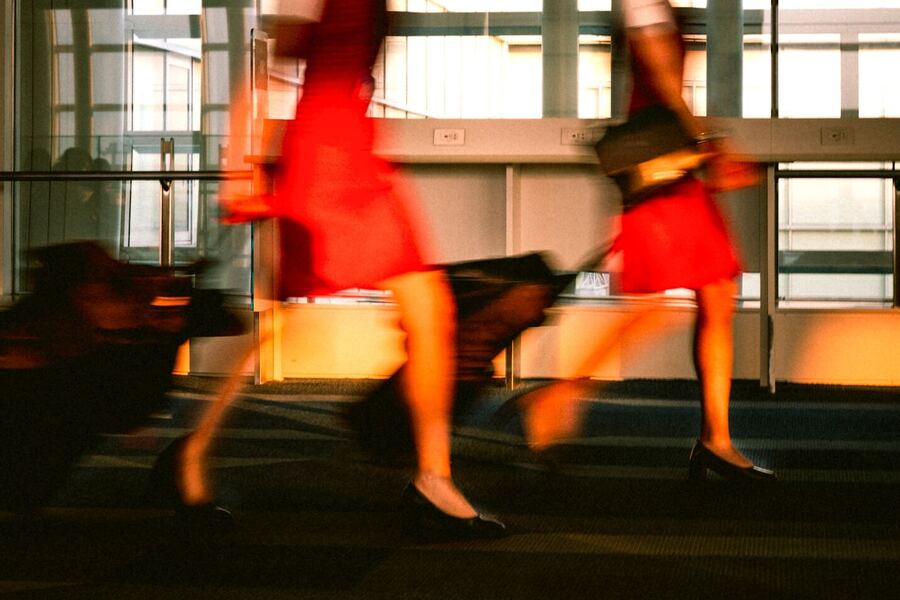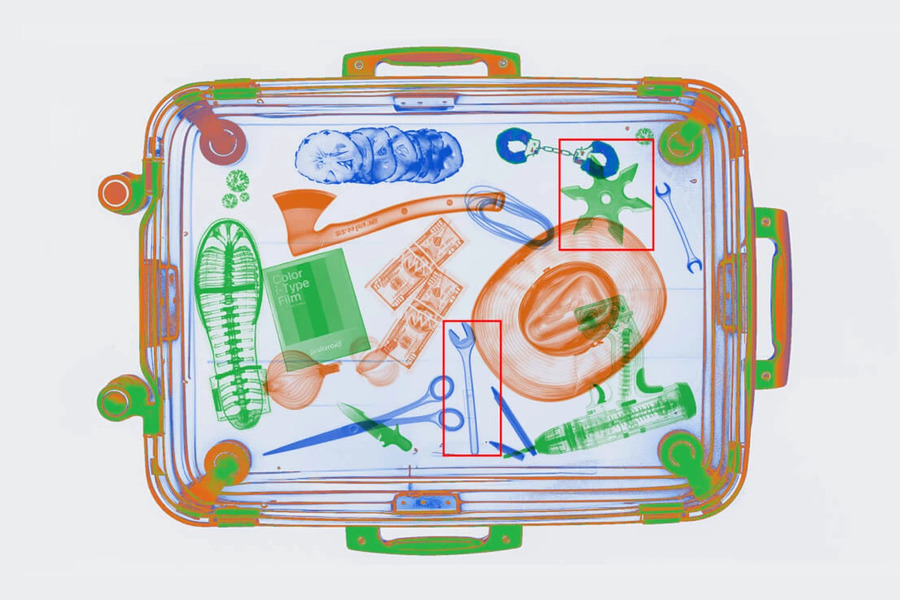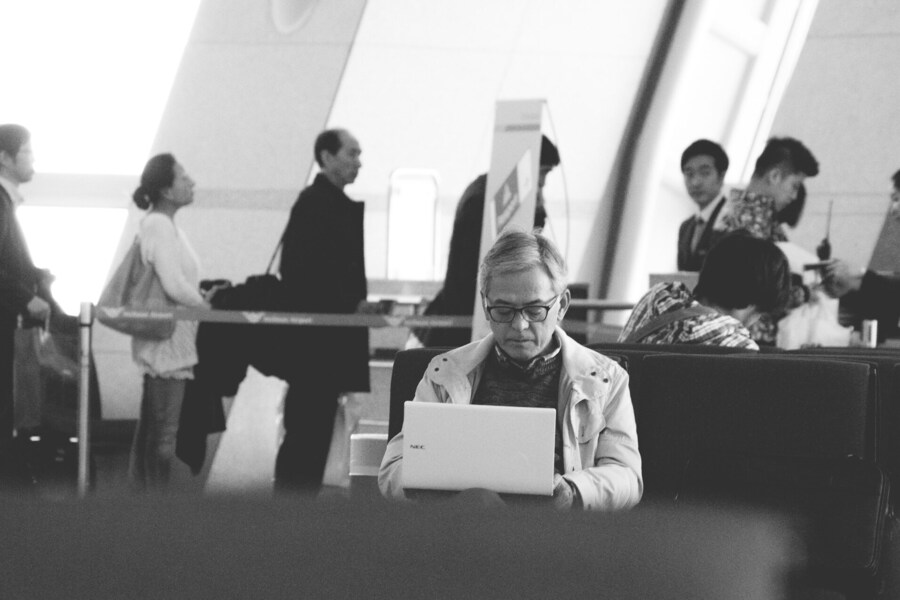The airport security checkpoint is a crucial, high-stakes part of modern travel. The Transportation Security Administration (TSA) is tasked with maintaining safety while ensuring millions of passengers can efficiently move through the system. As global air travel continues to surge, the traveler's best advantage is being prepared and well-informed. Understanding the mechanics of security screening and adopting a proactive approach can significantly reduce your wait times and alleviate travel stress. These 10 insider guidelines, derived directly from the TSA's best practices, provide the essential knowledge needed to transform your checkpoint experience from a frustrating delay into a swift, predictable part of your routine. Mastering these principles is the key to a truly seamless airport experience. Ready to learn the secrets?
What are the fundamental rules and essential preparations the TSA recommends for guaranteeing an expedited security experience?
Utilize the official screening resource

Source: Naitian (Tony) Wang/Unsplash
In a time when travel regulations are constantly being updated, relying on anecdotal information or outdated online searches is a recipe for delay. The most powerful tool a traveler possesses is accurate, real-time information, and the TSA provides this directly through their dedicated mobile application. This free resource is designed to eliminate guesswork, particularly concerning what you can and cannot transport. Using the "What Can I Bring?" feature allows passengers to instantly search for guidance on transporting everything from common electronics to specialized items like sports equipment, musical instruments, and even unloaded firearms. Moreover, the application provides essential, dynamic airport data, including estimated security wait times, notifications regarding flight status changes, such as cancellations or delays, and the current operational status of the expedited PreCheck lanes. Consulting this resource before packing your bags is the simplest way to avoid having an officer need to stop the process for a manual bag check and unnecessary discussion about a prohibited item.
Ensure your identity documents match your ticket
A common cause of delay at the security checkpoint is a mismatch between a passenger's identification and their boarding pass. Your flight reservation name must exactly match the full legal name on your government-issued ID, such as a passport or driver's license.
Using nicknames, like 'Bill' instead of 'William', will immediately raise a flag and require time-consuming identity verification. This is especially critical for anyone who has recently changed their name but hasn't yet updated all official documents. Always verify that you enter the precise, full name from your identification when you make your flight purchase. Consistency is the single most important factor for rapid document clearance.
Time management is your most critical tool
The guidance on arrival times is often perceived as conservative, but it's issued by airlines and the TSA for a crucial operational reason: to absorb unforeseen delays. The official recommendation is to be at the airport at least two hours prior to the scheduled departure for domestic flights and three hours for international travel. This buffer time is designed to account for long check-in lines, slow-moving security queues, transit time to a remote gate, and the 20 to 30 minutes needed for the actual boarding process. Travelers must factor in not only the time spent in the security line but also potential delays related to checking baggage, especially since airlines often have strict cutoff times for bag acceptance. During peak periods, such as major holidays, summer travel seasons, or early morning banking hours, queues can swell unexpectedly. By strictly adhering to or exceeding the recommended arrival times, you safeguard against stress and the critical possibility of missing your flight due to procedural delays beyond your direct control.
Prioritize health and comfort during screening
In high-traffic areas like airport security, where thousands of individuals interact with shared surfaces, maintaining good personal hygiene is not just a health consideration but also a courtesy to fellow passengers and staff. One small, yet crucial, tip is to always wear socks when flying, especially when you know you'll be asked to remove your shoes. Walking barefoot across the communal floor tiles and through the body scanner is unsanitary and unnecessary. Moreover, choose footwear wisely; slip-on shoes or loafers are far more efficient than complex lace-up boots, allowing you to shed and replace them rapidly. Using hand sanitizer immediately after handling the plastic screening bins, which are repositories for shoes and various personal items, is also highly recommended. Finally, to minimize the spread of germs, refrain from placing personal items that frequently touch your face, such as mobile phones, directly into the plastic bins. Instead, place them inside a zippered carry-on pocket before the bag goes onto the conveyor belt.
The art of packing for X-ray clarity

Source: Google Search
An organized travel bag is the single greatest ally to a speedy security experience. The X-ray machine is designed to provide a clear, two-dimensional image of your bag's contents, but when items are crammed or layered haphazardly, the resulting image becomes an opaque tangle. This lack of clarity immediately necessitates a physical, time-consuming bag search by an officer. To prevent this intrusion, separate items into distinct categories. Use clear, zippered pouches for toiletries, jewelry, cables, and other small, dense objects. Keep electronics like laptops, tablets, and cameras easily accessible in dedicated compartments, ready for quick removal and placement in separate trays. Solid food items should be placed near the top for simple inspection. Before you even reach the terminal, careful logistical planning is crucial. For instance, securing a place to leave your vehicle is a key pre-flight concern. You should check the competitive rates for airport parking well in advance of your journey. Many travelers are now discovering providers like ParkingNearAirports.io, which offer convenient and affordable airport parking options, helping streamline the entire "ready to purchase to fly" preparation process by saving time and money on the ground. The neater your bag is for the X-ray, the less likely you are to be pulled aside for further inspection.
Traveling with prescription and over-the-counter medicine
A common misconception is that all medications must be kept in their original, labeled packaging, but this is not strictly accurate for oral solids. For pills and tablets, the TSA generally permits the use of a pill organizer with unlabeled compartments, provided the contents are not otherwise restricted substances. However, when traveling with liquid medications, such as cough syrups, injectable solutions, medically necessary gels, ointments, or aerosols, the rules change, particularly concerning the 3-1-1 liquids rule. These items, if medically necessary, are exempt from the 3.4-ounce carry-on limit, but only in quantities deemed reasonable for the duration of the flight and immediate trip. Crucially, you are required to inform the TSA officer about any medically necessary liquids, gels, or aerosols before the screening begins. This proactive disclosure allows the officer to properly screen the item, which may include visual inspection or specialized testing, without causing an unnecessary disruption to the flow of the security queue.
Understanding the rules for carrying edibles
Many first-time fliers are surprised to learn that a wide array of prepared foods is perfectly acceptable for passage through the security checkpoint. The primary distinction the TSA enforces is between solid foods and liquid or gel-like foods, as the latter are subject to the same volume restrictions as other carry-on liquids. Generally, solid, dry foods – such as sandwiches, pies, cakes, cookies, and most snack items – are entirely permissible and can be placed on the conveyor belt alongside your other carry-on luggage. It's advisable to pack these items in containers that allow for easy visual inspection. Conversely, items like yogurt, creamy dips, gravies, or large jars of jam or peanut butter fall under the 3.4-ounce limit. If you plan to travel with a solid food item, especially one that may appear dense on an X-ray screen, it's best practice to remove it from your bag and inform the screening officer of its presence. Transparency on your part ensures the officer can clear the item quickly without resorting to a physical search of your bag.
Invest in expedited security screening
For frequent travelers or anyone who values time and predictability, enrolling in an expedited screening program like TSA PreCheck is arguably the most valuable preparation step you can take. Enrollment, which involves an application, an in-person appointment, and a background check, unlocks access to dedicated screening lanes. In these lanes, passengers are generally not required to remove their shoes, belts, light jackets, or liquids, and laptops can remain inside the carry-on bag. This reduced protocol dramatically speeds up the process; the TSA reports that 99% of PreCheck passengers wait 10 minutes or less. Moreover, families can benefit significantly, as children aged seventeen and under are permitted to accompany an enrolled parent or guardian through the PreCheck lane, provided they are traveling together on the same flight reservation. The small application fee and five-year enrollment period are a worthwhile investment against the persistent hassle of standard security lines, delivering peace of mind and precious extra minutes at the gate.
Maintain a serious and respectful demeanor
The security checkpoint isn't the place for humor, sarcasm, or levity. The TSA enforces a zero-tolerance policy regarding any mention of explosives, weapons, or threats to air travel safety.
Even a casual, non-serious joke about a prohibited item is guaranteed to halt the screening process. Officers are trained to treat all such references as credible threats, leading to immediate intensive questioning and potential involvement of law enforcement. This disruption can cause you to miss your flight and may result in legal consequences. The rule is simple: be polite, cooperative, and serious. A brief moment of ill-considered humor is never worth the massive inconvenience and legal risk.
Cooperation speeds the resolution process

Source: Priscilla Du Preez/Unsplash
Despite your best efforts at preparation, there'll be instances where a TSA officer asks you to step aside for a more thorough secondary screening. These requests aren't personal affronts; they are a necessary component of the security protocol. Secondary screenings can be triggered by unclear X-ray images, alarms on a walk-through body scanner, or a random selection for an enhanced pat-down or swab test. If you are selected, the best and quickest course of action is to remain cooperative, calm, and compliant. Don't argue with the officer about the need for the procedure, as this will only prolong the delay. Instead, follow their instructions precisely and answer any questions directly. Remember that the officer's only motivation is to clear you and your belongings as quickly as safety permits, allowing you to proceed to your gate. Your full cooperation demonstrates a commitment to safety and ensures the entire encounter is resolved in the minimum amount of time required.
The final word
Effective airport navigation rests entirely on planning. Successful travelers view security as a predictable process, not an obstacle. By using the myTSA app, adhering to time cues, and packing smart, you reclaim control. Know the rules for medication and food, and stay cooperative. An informed passenger is a relaxed passenger. Safe travels!






